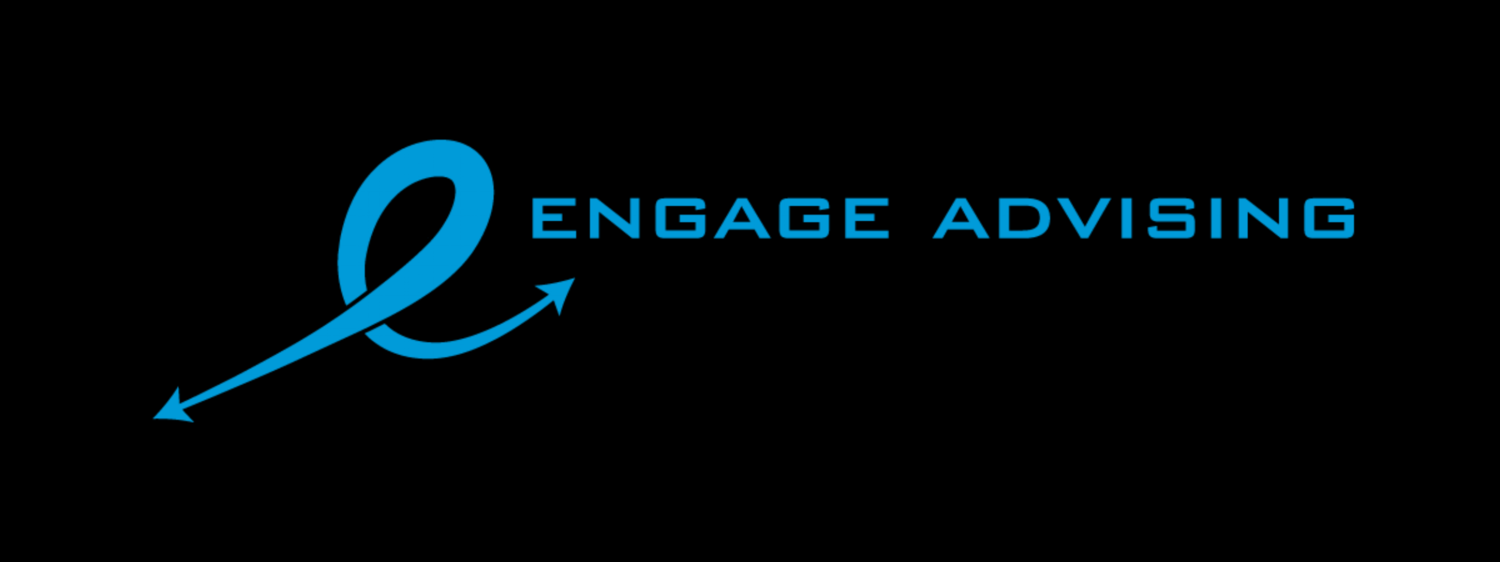I’ve covered the traditional IRA, Roth IRA, and SEP IRA in previous blog posts this month. Finally, it’s time to shed some light on the lesser-known SIMPLE IRA. What is a SIMPLE IRA?
SIMPLE stands for Savings Incentive Match Plan for Employees. It’s a type of IRA that allows employers and employees to contribute to an IRA setup for the employee. It’s best suited for small companies not sponsoring a more robust and costly retirement plan. Although it is less costly and simpler for a company to establish a SIMPLE IRA, it is still subject to ERISA and a host of other rules. Employers can use the SIMPLE IRA until they reach 100 employees. Once they exceed this threshold, the employer can continue the SIMPLE IRA for only two more years.
When it comes to contributions, the SIMPLE IRA is not as generous as other defined contribution plans. The employee maximum salary reduction contribution for 2020 is $13,500 (with a $3,000 catch-up contribution for those age 50 and over). Employees are not required to make regular contributions to their SIMPLE IRA.
The employer is generally required to match the employee contribution dollar-for-dollar up to 3% of the employee’s eligible compensation (the compensation cap is $285,000 for 2020). However, employers may make a nonelective contribution. If choosing to make nonelective contributions, the employer must match 2% of the employee’s eligible compensation whether or not the employee decides to make salary reduction contributions. The employer does have the option of making a lower contribution of at least 1%, but only for no more than two out of five years.
Interestingly, rollovers are not as lenient as with other types of retirement plans. For example, unlike a 401(k), a SIMPLE IRA cannot be rolled over to a traditional IRA without a waiting period that is two years from when the employee first participated in the plan. Another rollover quirk, SEP and traditional IRAs cannot be rolled over into a SIMPLE IRA. Nor can certain other retirement plans.
There are a few other considerations as well. For instance, there is no Roth feature, no participant loans, and a 10% penalty for early withdrawals if you are under age 59 1/2. Plus, non-qualified withdrawals within the first two years of participation will garner you an additional 15% penalty for a whopping 25% penalty for an early withdrawal prior to age 59 1/2. In addition to your ordinary income tax that’s a pretty steep price to pay!
If you have the cash flow to handle the mandatory contributions on behalf of employees, and you don’t mind the additional rules and restrictions, the SIMPLE IRA may work for some small employers. Before deciding, you need to know what your ultimate goals are and if your business is growing and can handle the cash outlay. Keep in mind that all investing involves risk, and you should always seek help if you are not sure about what you are doing. As an independent Certified Financial Planner™, I can help you. No matter where you are in life, a CFP® professional can help you create a financial plan for today and tomorrow. #LetsMakeAPlan #CFPPro #talktometuesday #Hireaplanner #RothIRA #fees #IRA #SEPIRA #SIMPLEIRA

